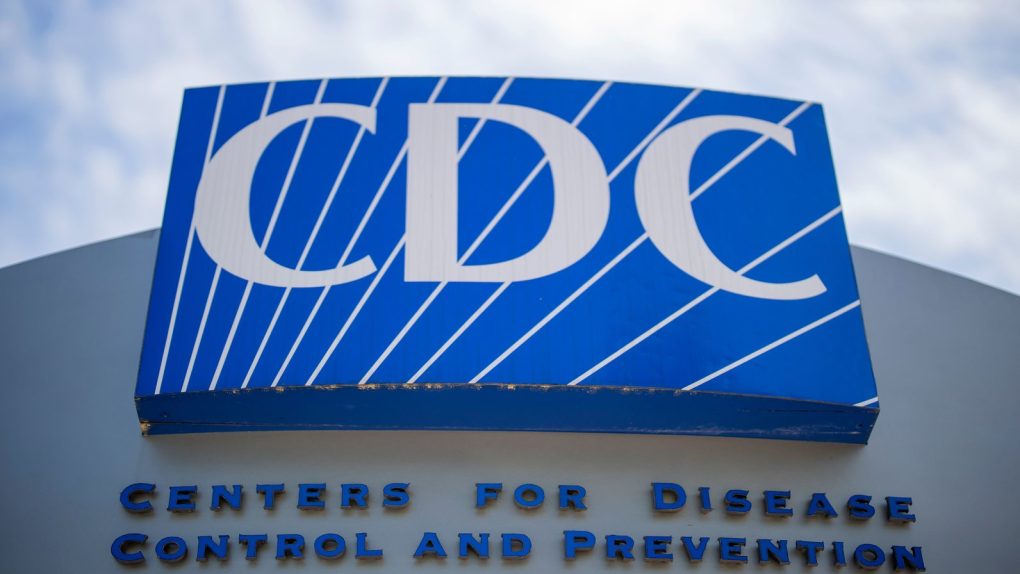- The Centers for Disease Control and Prevention (CDC) added six more coronavirus symptoms to the official list of COVID-19 signs.
- The updated list includes symptoms like the sudden loss of taste and smell, an odd COVID-19 sign that scientists already explained.
- Other symptoms may include chills, shaking, and pain.
- Visit BGR’s homepage for more stories.
The CDC added six additional coronavirus symptoms to the list of signs that may indicate a COVID-19 suspicion. The most common ones are fever, cough, and shortness of breath, but they’re hardly the only symptoms that have been associated with the novel virus in the past few months. Doctors treating an increasing number of COVID-19 patients observed various symptoms that weren’t necessarily indicative of respiratory illness. Some patients came to the hospital with heart or neurological problems, only to be found COVID-19 positives. Other people observed skin lesions that ended up being associated with the virus. One of the most prevalent unusual signs concerned the lack of smell and taste, which researchers proved to be linked with the infection.
The “new loss of taste or smell” is one of the COVID-19 symptoms that the CDC now lists on its website. The other five new COVID-19 signs include chills, repeated shaking with chills, muscle pain, headache, and sore throat.
The CDC also says that you should seek medical attention if emergency warning signs appear, citing four specific symptoms: trouble breathing, persistent pain or pressure in the chest, new confusion or inability to arouse, and bluish lips or face. The CDC says you should also seek medical attention if you observe other severe or concerning symptoms.
Recent studies have revealed that many COVID-19 patients are asymptomatic or show mild symptoms. Others have revealed that fever might not show up in all cases, and sore throat wasn’t always indicative of infection with the novel coronavirus.
The World Health Organization (WHO) lists fewer COVID-19 symptoms than the CDC on its coronavirus pages. The WHO says that fever, tiredness, and dry cough are common COVID-19 symptoms and that other signs may include shortness of breath, aches and pains, and sore throat. “Very few people” will report diarrhea, nausea, or a runny nose.
The WHO advises people with fever, cough, or difficulty breathing to call their doctor and seek medical attention. People with mild symptoms should self isolate and contact their medical provider for advice.
There were more than 3 million COVID-19 cases at the time of this writing, a third of which were US patients. Altogether, nearly 210,000 have people died since December, and more than 861,000 have recovered. Almost 2 million people are currently fighting the disease.
These stats only tell a part of the story, however. COVID-19 testing isn’t widely available in all countries affected by the disease, and only the people who are admitted to hospitals might be tested in some regions. Many asymptomatic people might have gone undiagnosed as a result. That’s why it’s critical to monitor symptoms at home and make a note of every unusual sign that may be related to the coronavirus.








